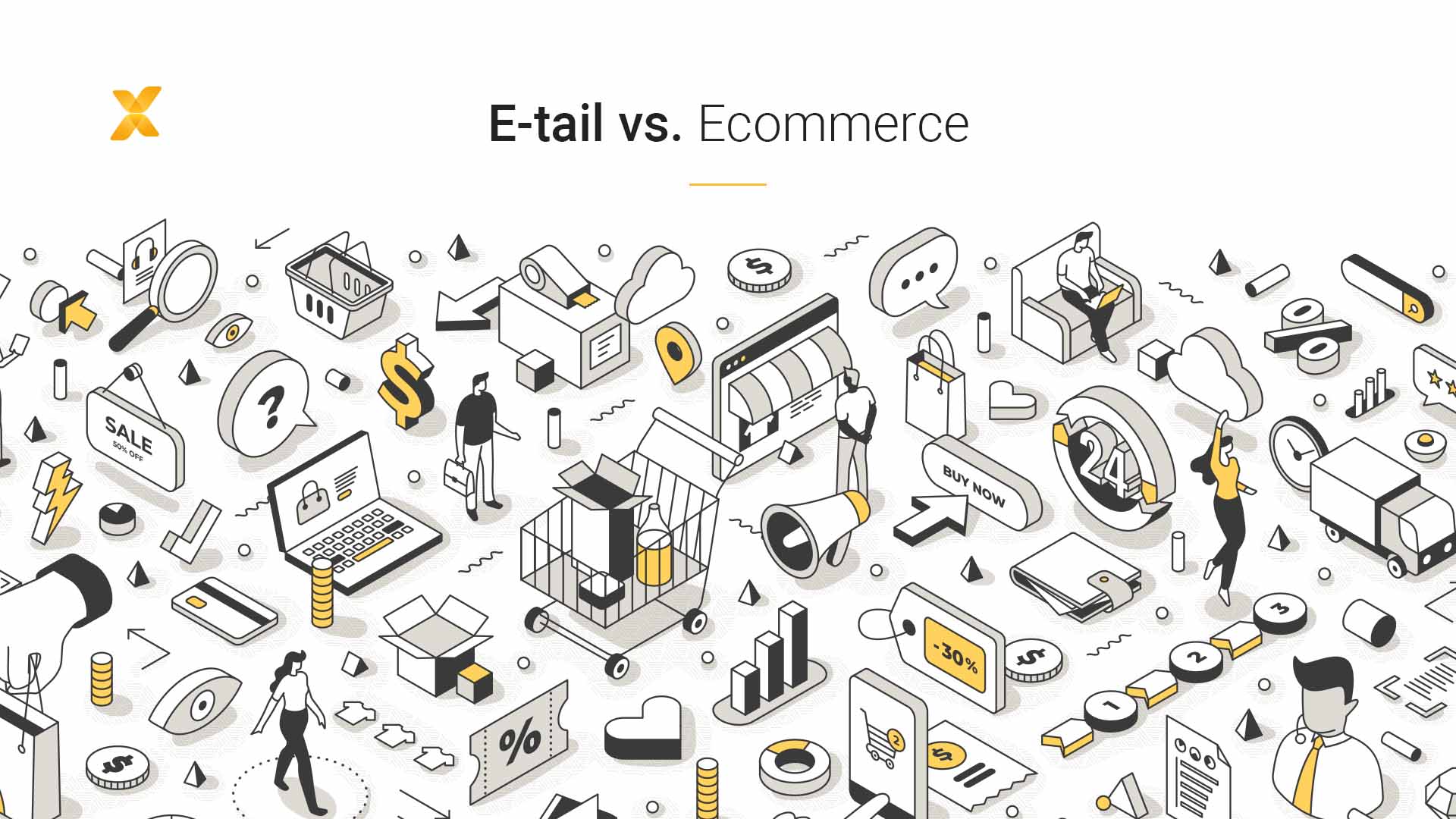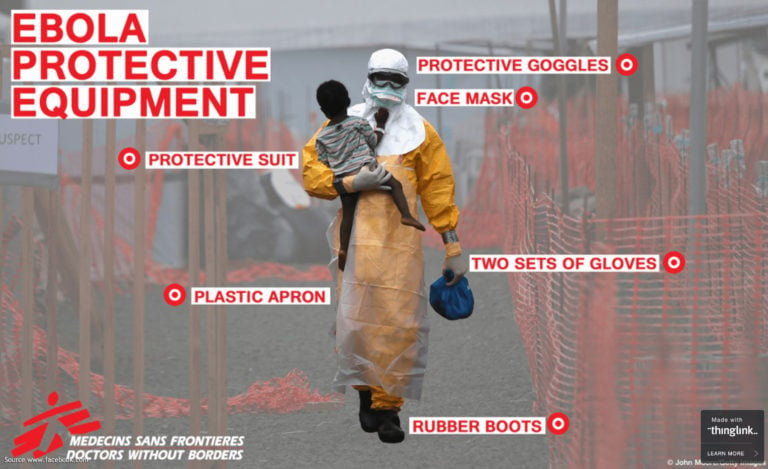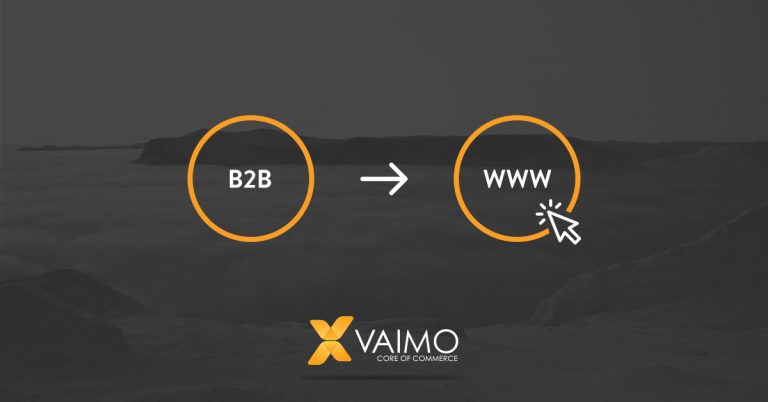While some would argue that e-tail and ecommerce are just different words for the same thing, others claim that there are some important differences between the two concepts. Whether you consider those differences to be mere semantics or not, thinking about them may actually be a great entry point to more significant strategic discussions and decisions for your business.
E-tail, ecommerce, online sales, digital sales – whatever wording you prefer, what it represents has never been hotter. Even before the pandemic, the digitalization of commerce was happening at a rapid scale. But it has been highly accelerated by the onset of Covid-19, as the pandemic confined us all to our homes.
The rapid pace of growth in digital sales has been impossible to ignore. According to Insider Intelligence, US retail ecommerce sales will increase 16.1% in 2021 to reach $1.06 trillion. And, as business buyers embrace digital purchasing, B2B ecommerce site sales are also on the rise. In 2021, B2B ecommerce sales are predicted to reach nearly $1.77 trillion in 2022, a 12% increase from last year. And there’s nothing to indicate things will go back to the way they were.
On the contrary, many customers have realized that the digital habits they picked up out of necessity are actually very convenient. So as we move forward, the brands who manage to adapt to and deliver on these new expectations are the ones that will thrive.
One of the most important things to consider as a retailer, ecommerce merchant, or e-tailer is how to set up your business model. In this article, we’ll have a look at the differences between e-tail and ecommerce to help you shed some light on what may suit your needs best.
Related reading: Digital Ecommerce Business Models – The Current Landscape
Differences Between E-tail and Ecommerce
E-Tail: a Definition
E-tailing is short for electronic retailing and refers to the specific activities related to selling retail products and services via the internet. The key words in this definition are “retail products and services.”
Ecommerce: a Definition
Ecommerce refers to a broader set of activities that include but are not limited to: selling retail products on the Internet (e-tail), electronic financial services like online transfers or transactions, management of online supply chains, mobile commerce (mCommerce), digital marketing, data collection systems, and more.
E-tail Focuses on the B2C Segment
E-tail, being electronic retail, tends to primarily focus on the business-to-consumer (B2C) segment. Ecommerce, on the other hand, encompasses B2C as well as business to business (B2B), consumer to consumer (C2C), direct to consumer (D2C), and consumer to business (C2B) markets. More recently, people increasingly also use the term e-retail or e-tail to talk about indirect ecommerce selling or distribution, meaning selling products through ecommerce channels that you don’t own.
Related reading: D2C Ecommerce in 2021 – Trends, Growth and How to Succeed
From a Manufacturer Perspective: E-tail vs. Ecommerce
Let’s have a look at what these differences mean for a manufacturer. If you are a manufacturer of goods and you want to sell them online, how does that play out, depending on what option you choose? Although e-tail and ecommerce are not mutually exclusive business models, they both come with different sets of pros and cons.
|
Want more advice on this topic? |
E-tail: Advantages and Disadvantages
With this setup, you distribute your products via a network of online retailers, also known as e-retailers or e-tailers. This business model is very similar to selling your products in retail stores, except now these stores are online or ecommerce sites instead. They could either be online versions of physical stores, such as the ecommerce sites of brick-and-mortar stores like Walmart.com, pure online players like Zappos, or digital marketplaces like Amazon.
The advantages of this approach include:
- Unlocking larger revenue opportunities by getting your products in front of many more potential customers
- Outsourcing individual sales, returns, or customer service to the online retailer, effectively freeing up your resources and budgets
- Selling in bulk and therefore offering more competitive pricing
The disadvantages of this approach include:
- You have to share the margin with an additional intermediary
- Limited ability to gather customer data since you’re not as close to the end customer as you could be
- If you don’t properly manage your distribution network, your brand image can suffer
- You have less control of the customer experience, how your products are positioned, and over your brand communication
- Several distributors can create intra-brand price competition
Related reading: Gain Revenue By Selling On Marketplaces
Ecommerce: Advantages and Disadvantages
With ecommerce, you operate your own ecommerce website and sell directly to consumers. Some handle their own logistics while others outsource it to a third party.
The advantages of this approach include:
- You don’t have to share your margins with anyone else
- Direct contact with the end-customer: you handle the relationship, you own customer data (emails for marketing, on-site behavior, etc.)
- Control over exactly how your brand and products are displayed
- Ability to quickly launch new products
- The ability to gather your own customer data
- Option to target new customers using online marketing and website analytics tools that help you understand your customers’ needs better
The disadvantages with this approach include:
- Limiting yourself to only ecommerce (selling on your own website) may mean you’re giving up on a lot of potential business, even if you are a very powerful brand
- Selling direct-to-consumer requires specific skill sets and capabilities, and this might not be in your company’s DNA
- Selling only through your own website requires a strong brand and heavy marketing spend
Key Takeaways
While the difference between e-tail and ecommerce can seem mainly like a semantic one, the different business models and their implications are important to consider. When moving into digital sales and marketing, picking the right mix of sales channels will have a fundamental impact on the growth potential of your business.
To sum things up:
- E-tail, short for electronic retailing, typically refers to the activities related to selling retail products and services via the Internet. This also includes distributing your products via a network of online retailers, also known as e-retailers or e-tailers.
- Ecommerce refers to a broader set of activities, including selling retail products on the internet (e-tail), electronic financial services, management of online supply chains, mobile commerce (mCommerce), digital marketing, and data collection systems. And with ecommerce, you operate your own ecommerce website and sell directly to consumers.
Regardless of the exact definitions of e-tailing and ecommerce, the essential thing for every brand right now is to make sure their products are available online and that the digital customer experience is on par with or superior to that of their competitors. Today, buyers increasingly prefer to make their purchases online, and businesses that fail to offer great online experiences will clearly struggle in this new landscape.
So if you’re coming from a background of physical sales and brick-and-mortar, there are a number of strategic business decisions to be made. Both e-tail and ecommerce come with a set of advantages and disadvantages, and which one is best suited for you depends on several factors. Also, the two can be combined in many different ways.
How Vaimo Can Help
Navigating the different options and taking the first steps to new business models can be complicated and feel overwhelming. At Vaimo, we have extensive experience in helping clients all over the world take this step to grow their businesses to the next level.
We’re constantly exploring new strategies to help our clients build new revenue channels to complement and even further their current ones. And as always, the key to getting ahead is getting started. We’d love to help you expand your online business and drive growth – get in touch with our team of experts to explore the opportunities.










